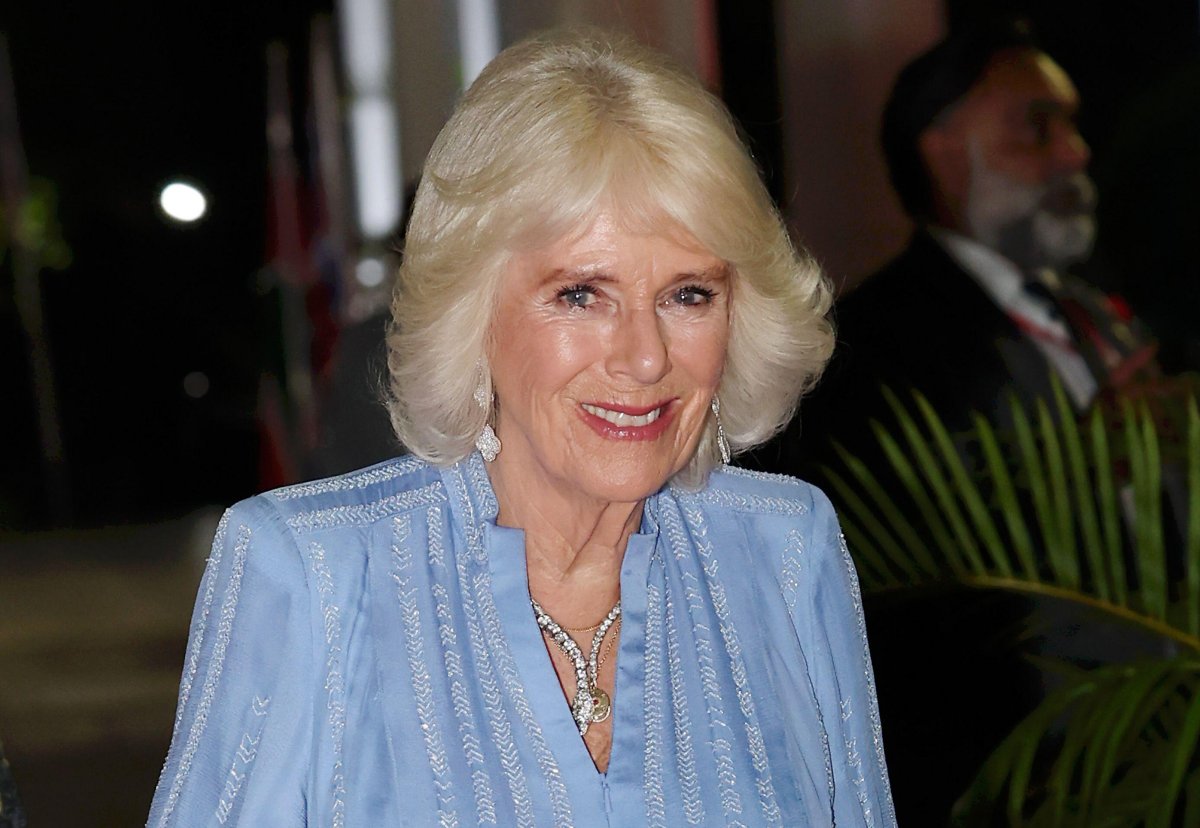
Two weeks ago, Queen Camilla celebrated her birthday, but the article I had planned to mark that occasion had to be pushed back because of the State Opening of Parliament and various other current events. So today, let’s now have a look at one of the Queen’s most treasured personal jewels: her diamond serpent necklace.
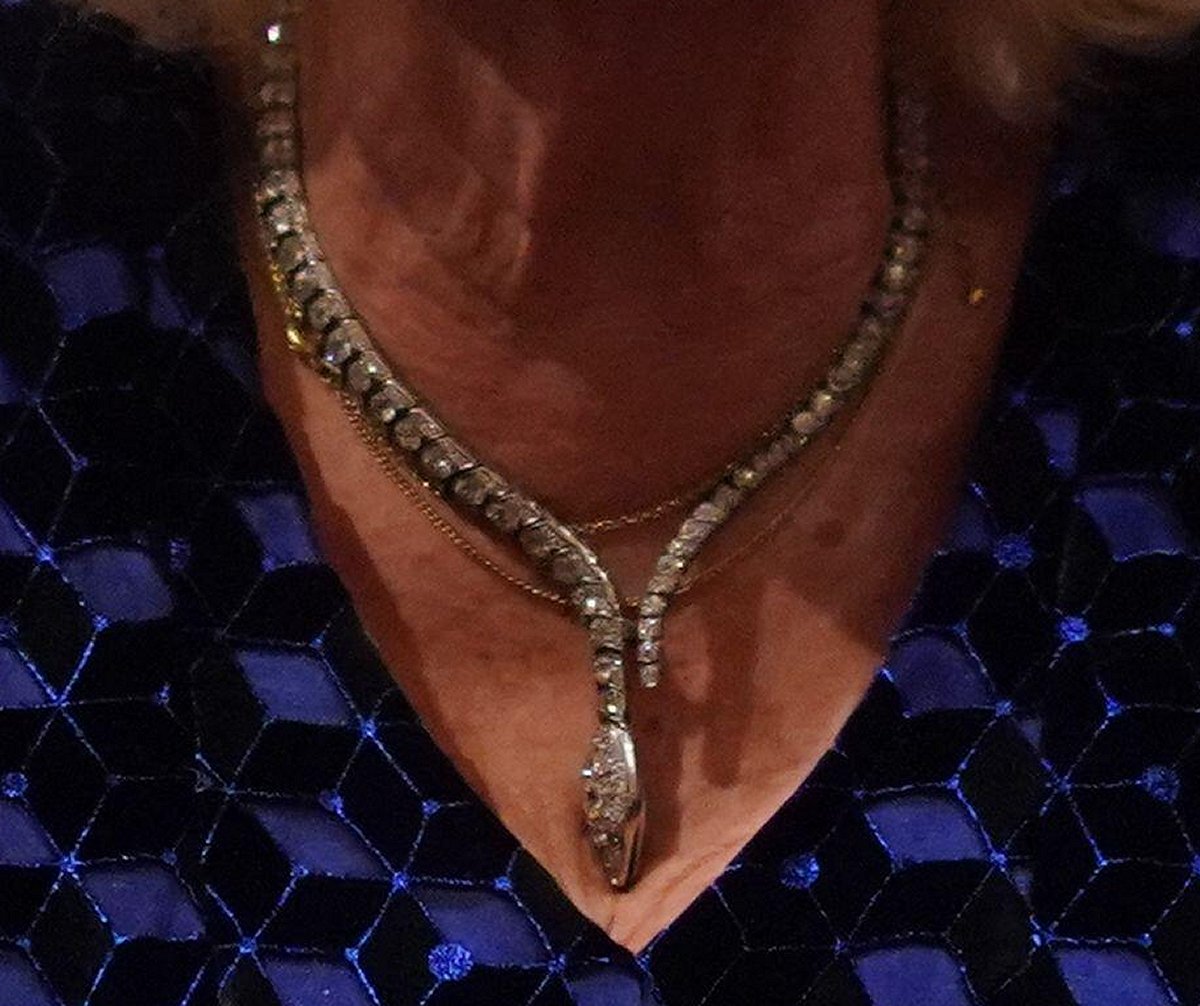
The necklace is a classic style popular in the Victorian and Edwardian eras. Snakes are often viewed as symbols of transformation and immortality, constantly shedding the old to make way for the new. Numerous royals, both historical and in the present day, have embraced serpentine symbolism in their jewelry. For example, Queen Victoria’s engagement ring was snake-shaped, and Queen Alexandra often wore a gold serpent bracelet.
Queen Camilla’s necklace is likely a twentieth-century piece. In the autumn of 2023, Buckingham Palace shared some information about its provenance. The necklace was made by Van Cleef & Arpels, one of Camilla’s favorite jewelers. But while many of Camilla’s VC&A pieces are new acquisitions, the necklace is a family heirloom, from her “adored grandmother.” It’s unlikely that the grandmother referenced is her father’s mother, Edith Harrington Shand Tippet, because when Edith died in 1981, she did not have a great deal of personal property.
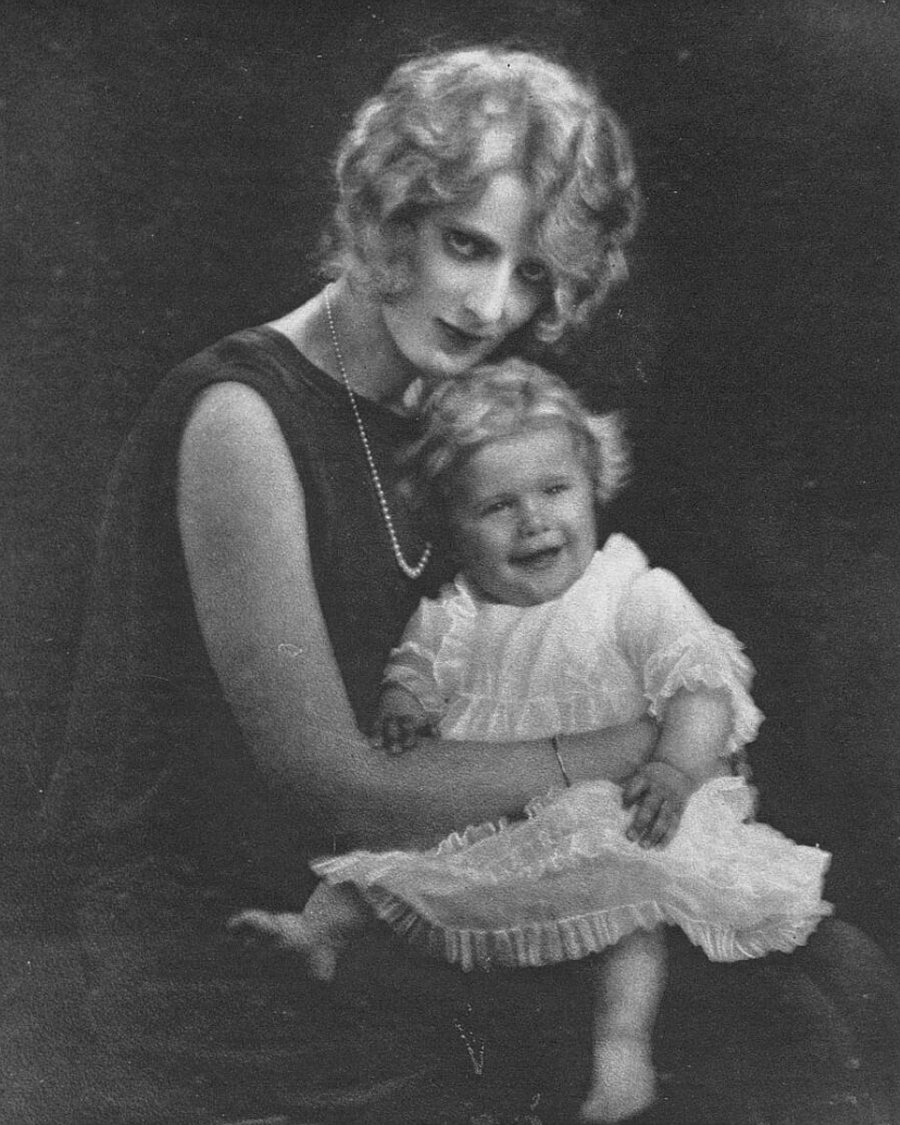
It’s more likely that the necklace, like several other jewels from Camilla’s collection, comes from her maternal family. Her mother, Rosalind Cubitt, was the daughter of Roland Cubitt, the 3rd Baron Ashcombe, and his first wife, the writer and socialite Sonia Rosemary Keppel. Sonia was born in 1900, two years after her mother, Alice Keppel, became one of the mistresses of King Edward VII. Sonia’s rather unusual first name was given in honor of her godmother, the Countess de Torby, the morganatic wife of Grand Duke Michael Mikhailovich of Russia. (“Sonia” is a Russian diminutive for the countess’s first name, “Sofiya.”) At the time of her baptism, the Morning Leader wrote, “If she has not precisely come into this world with a silver spoon in her mouth, Little Miss Keppel has done better, for she arrived provided with a diamond brooch and divers pearl ornaments, while at her christening her godfather [Sir Henry Keppel] put a string of pearls round her neck.”
Much of Sonia’s youth was spent in the center of splendid British high society, thanks both to her mother’s relationship with the King and the connections of her paternal uncle, the Earl of Albemarle. Sonia called the monarch “Kingy.” Things changed somewhat when Kingy died in 1910. The Keppels, no longer regular figures at court, headed for Asia, where they traveled with their daughters for two years. From then, the family divided their time between Britain and the continent. George and Alice eventually bought a palazzo in Florence, where they hosted guests that included numerous exiled royals.
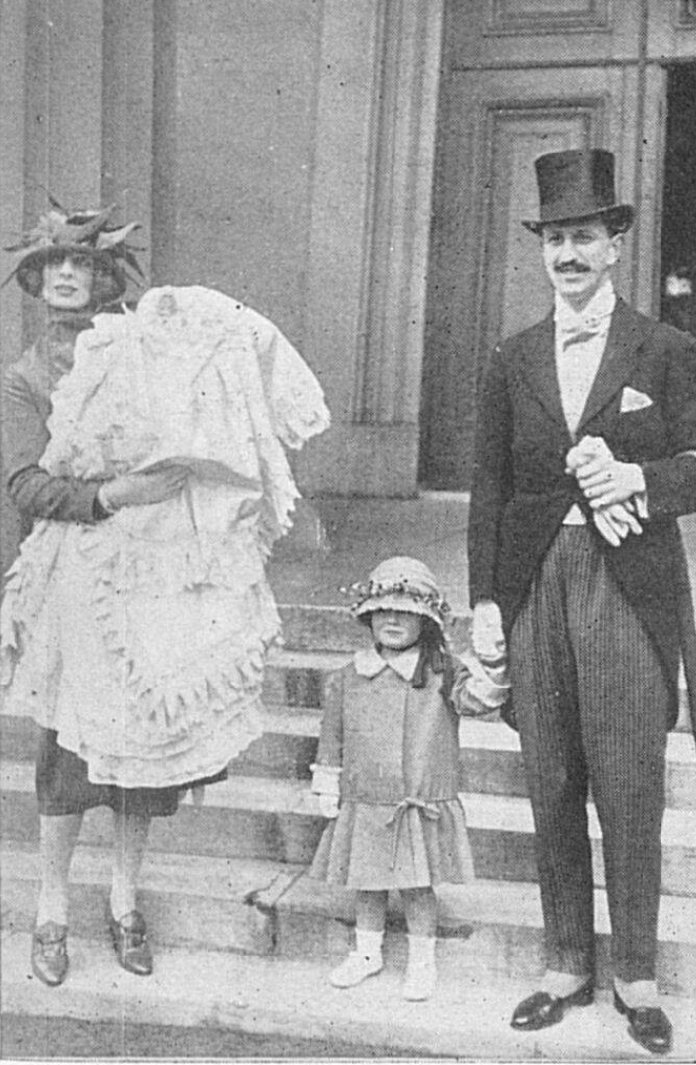
But Sonia would end up settling in England. Though her debut was delayed by the war, her name was a fixture in society columns as she came of age. In late 1918, just after the Armistice, she began a romance with the Hon. Roland Cubitt. Roland, called “Rolie” by his family, was the fourth son of Lord Ashcombe, but he had suddenly and unexpectedly become heir to his father’s title when all three of his elder brothers were killed in the war.
Sonia and Roland were married at the Guards Chapel, Wellington Barracks in London in November 1920. Ten months later, they welcomed a daughter, Rosalind, for whom Lord Ilchester and Dame Margaret Greville stood as godparents. Two sons, Henry and Jeremy, followed in 1924 and 1927. Little Harry was christened at the Guards Chapel with Prince Henry (later Duke of Gloucester) as his godfather. He would eventually inherit the Ashcombe title.
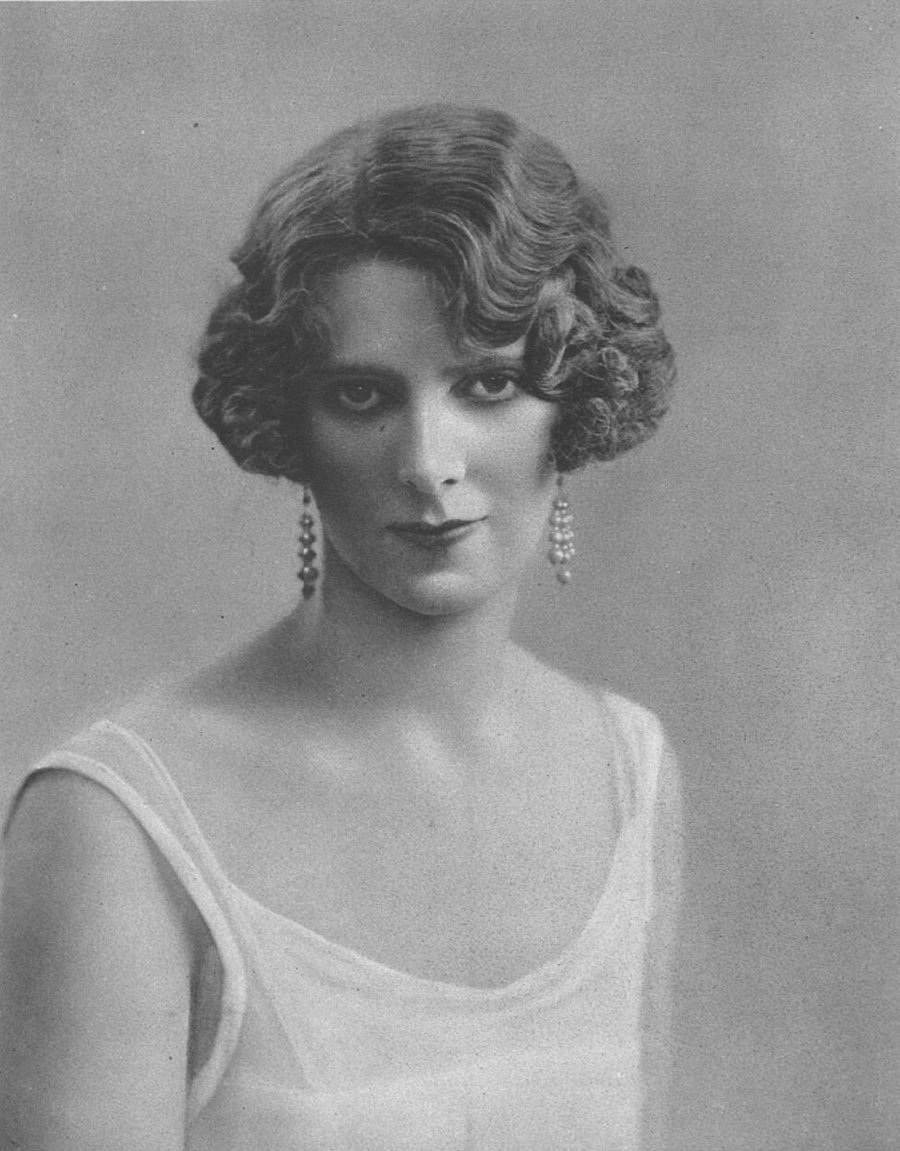
Sonia remained a popular figure in society. Portraits of her, both alone and with her children, were frequently published in British newspapers and magazines. In 1926, the Sketch described her as “one of the prettiest and most popular members of the younger set in Society.” She also inherited her mother’s magnetic personality. In 1931, the Tatler described her as having “a very independent turn of mind,” characterizing her as a women who “does not suffer fools with any appreciable gladness.”
The Keppel family charm also appears to have been passed down to Sonia’s daughter. Rosalind was named “Debutante of the Year” in 1939, just before World War II put an end to many of the traditional “coming out” society events for good. The Daily Mirror wrote an article on Rosalind’s debut that summer, describing her as “dark and attractive with great charm combined with most perfect manners–which are unusual enough these days to arouse comment.” King George VI and Queen Elizabeth were two of the guests at a dance given in Rosalind’s honor that summer, just months before the start of the war.
After the war’s end, Rosalind Cubitt met Major Bruce Shand, a decorated army veteran who had been taken prisoner by the Germans while fighting in Africa. They were married in January 1946, and their first daughter, Camilla Rosemary Shand, was born in July 1947. Just a few days before little Camilla’s birth, Sonia Cubitt was granted a divorce from her husband on the grounds that he had deserted the marriage in 1944. Roland went on to inherit the Ashcombe barony and marry twice more. Sonia never remarried, focusing her energy on her writing career. She published a memoir about her childhood, Edwardian Daughter, in 1958, as well as an earlier novel about the period, Sister of the Sun. She also penned The Sovereign Lady, a biography of Elizabeth, wife of the 3rd Baron Holland, and Three Brothers at Havana, 1762, a history of the Keppel family’s involvement in the Siege of Havana.
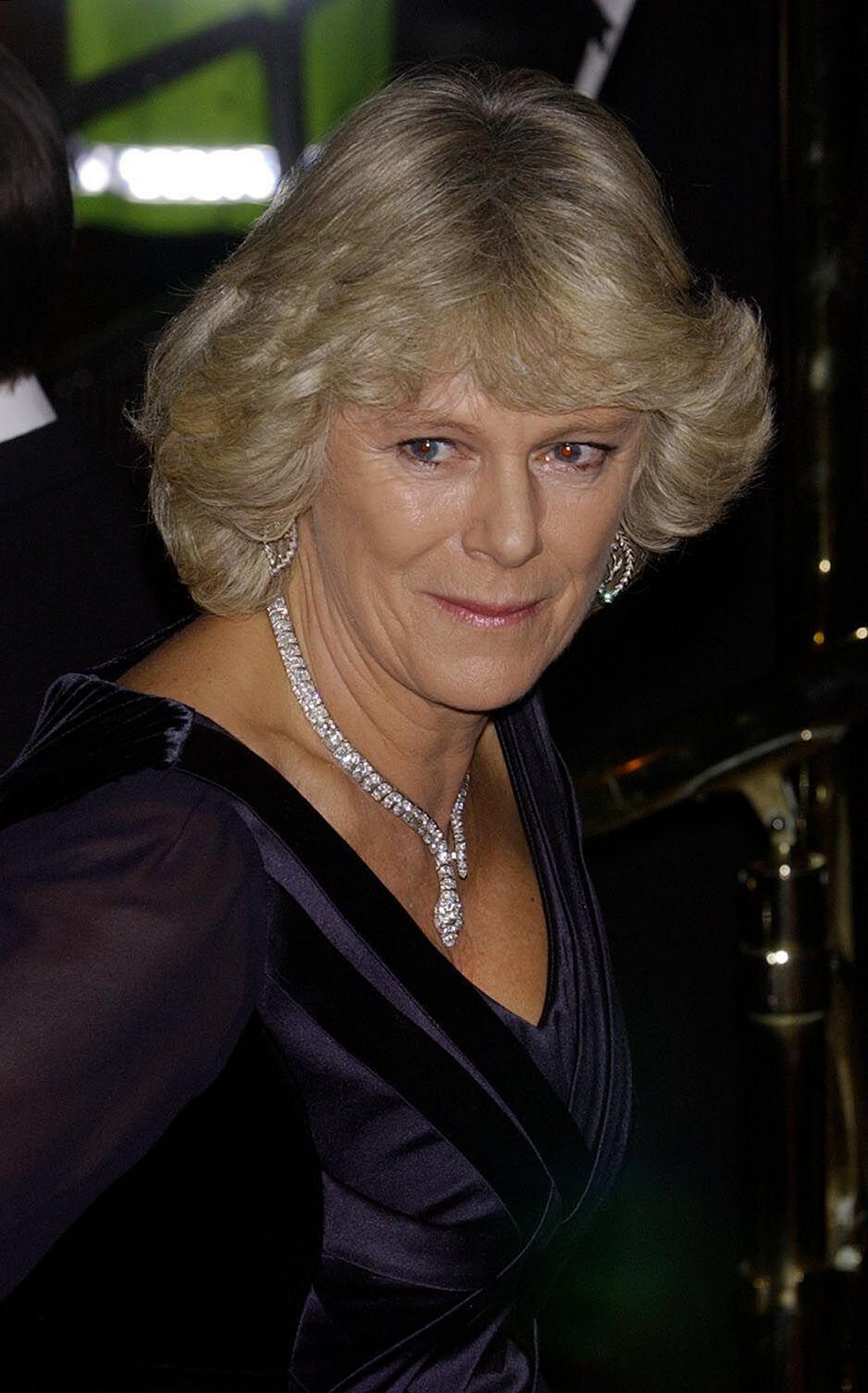
The extent of Sonia’s personal jewelry collection isn’t known, but one incident from 1966 suggests its depth. That November, a cat burglar scaled a drain pipe at Sonia’s home, Hall Place in Hampshire, and made off with jewelry worth £9,000. (That’s something in the range of £200,000 today.) When she died two decades later, Sonia left an estate worth £1.8 million, which would be around £7 million today.
We know that some of Sonia’s jewelry is certainly in Queen Camilla’s collection today. Camilla occasionally wears the Cubitt Tiara, a legacy from Sonia, for gala occasions. And, with the confirmation from Buckingham Palace that the serpent necklace belonged to Camilla’s grandmother, I think we can safely say that it also belonged to Sonia. Camilla has been wearing the necklace for gala occasions since before her royal marriage. Above, she wears the necklace for a dinner at the Ritz in November 2002. The dinner, which was held on Prince Charles’s birthday, was given by the late Queen to celebrate the success of events held during her Golden Jubilee year.
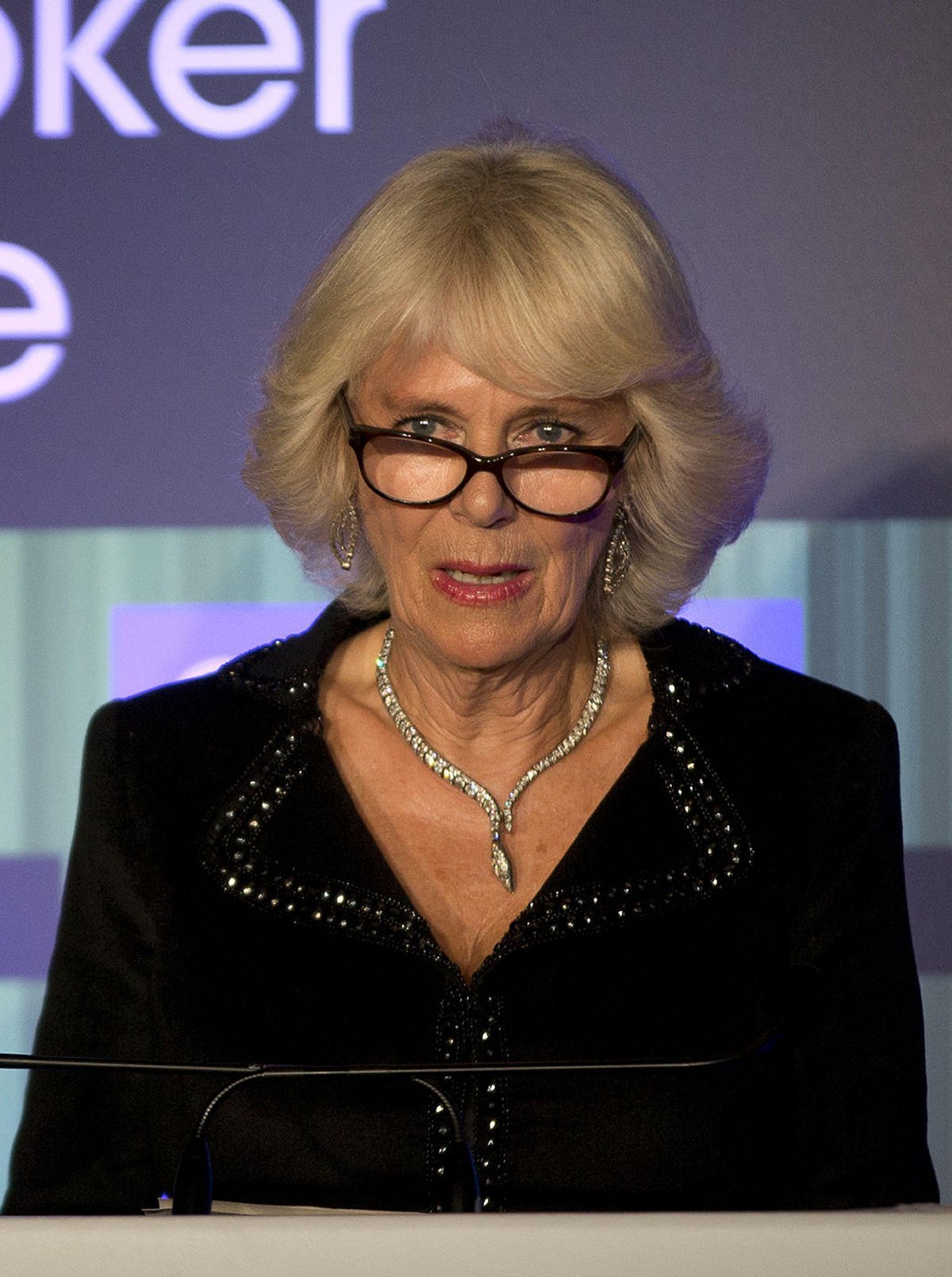
For that dinner at the Ritz, and for many other occasions, Camilla has paired the serpent necklace with a pair of antique diamond floral earrings that also come from her personal collection. She wears the combination again here for the Man Booker Prize dinner in October 2014. Camilla also wore the earrings for her marriage blessing ceremony at St. George’s Chapel, Windsor in April 2005. A year later, her daughter, Laura Lopes, wore the earrings with the Cubitt Tiara on her wedding day. Interestingly, there’s another identical pair of earrings in another British jewelry collection: that of the Grosvenors, the family of the Duke of Westminster.
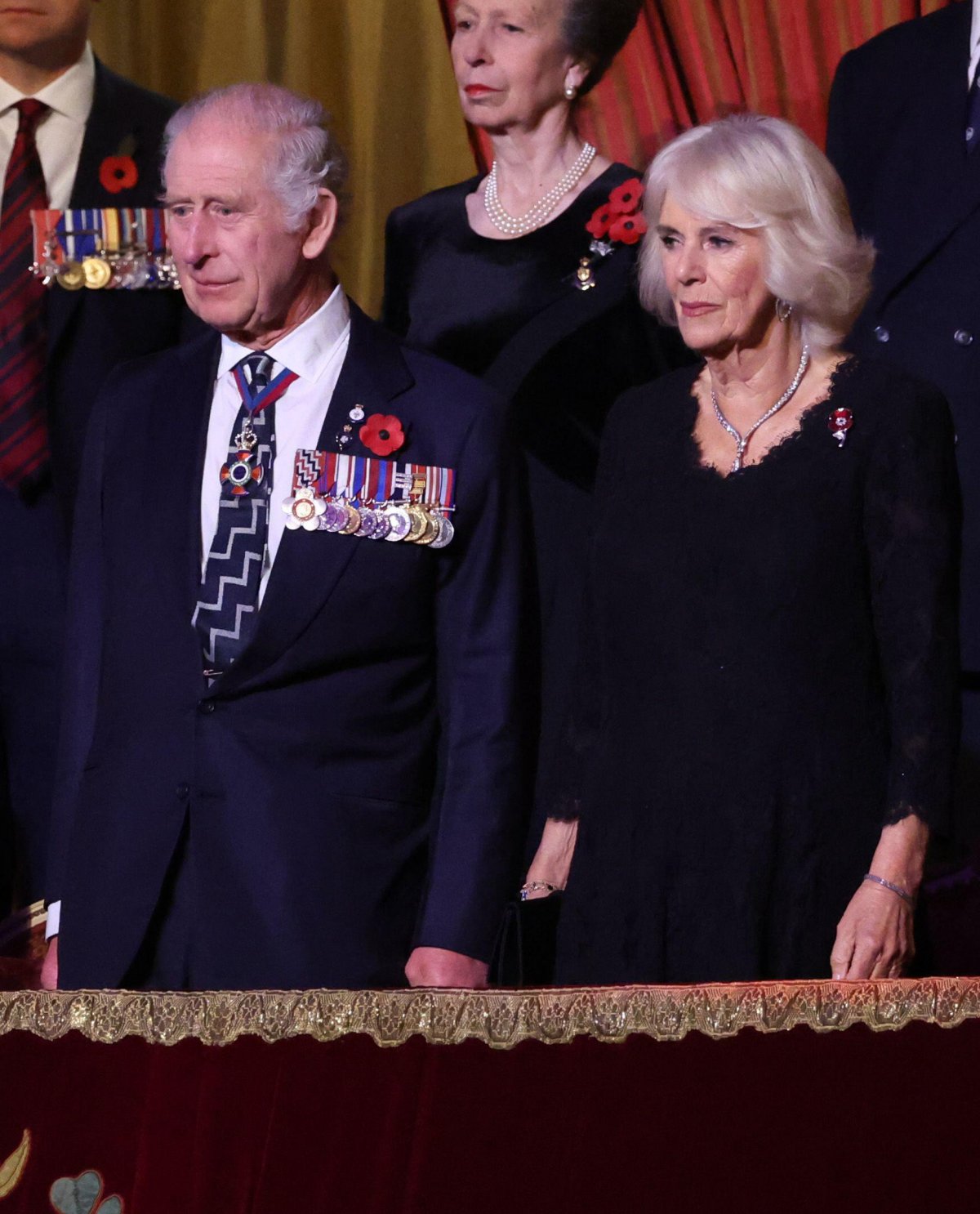
Camilla has continued to wear the necklace and earrings in combination since Charles’s accession to the throne in 2022. Here, she wears the jewels for the Festival of Remembrance in November 2023.
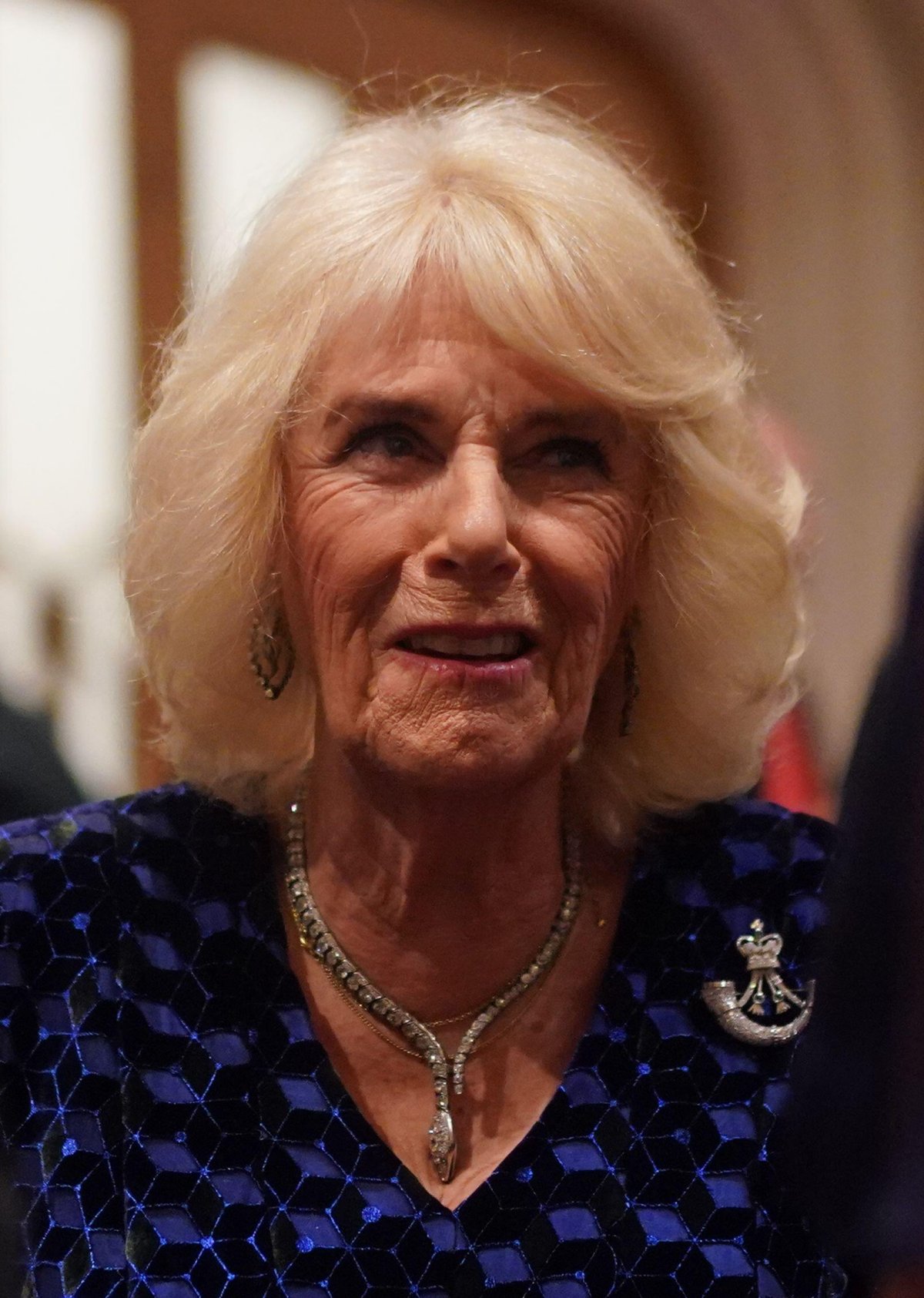
And here, she wears the necklace and earrings together for the Rifles Awards Dinner at the Guildhall in London the same month. She also wore her diamond-studded Rifles badge for the occasion.
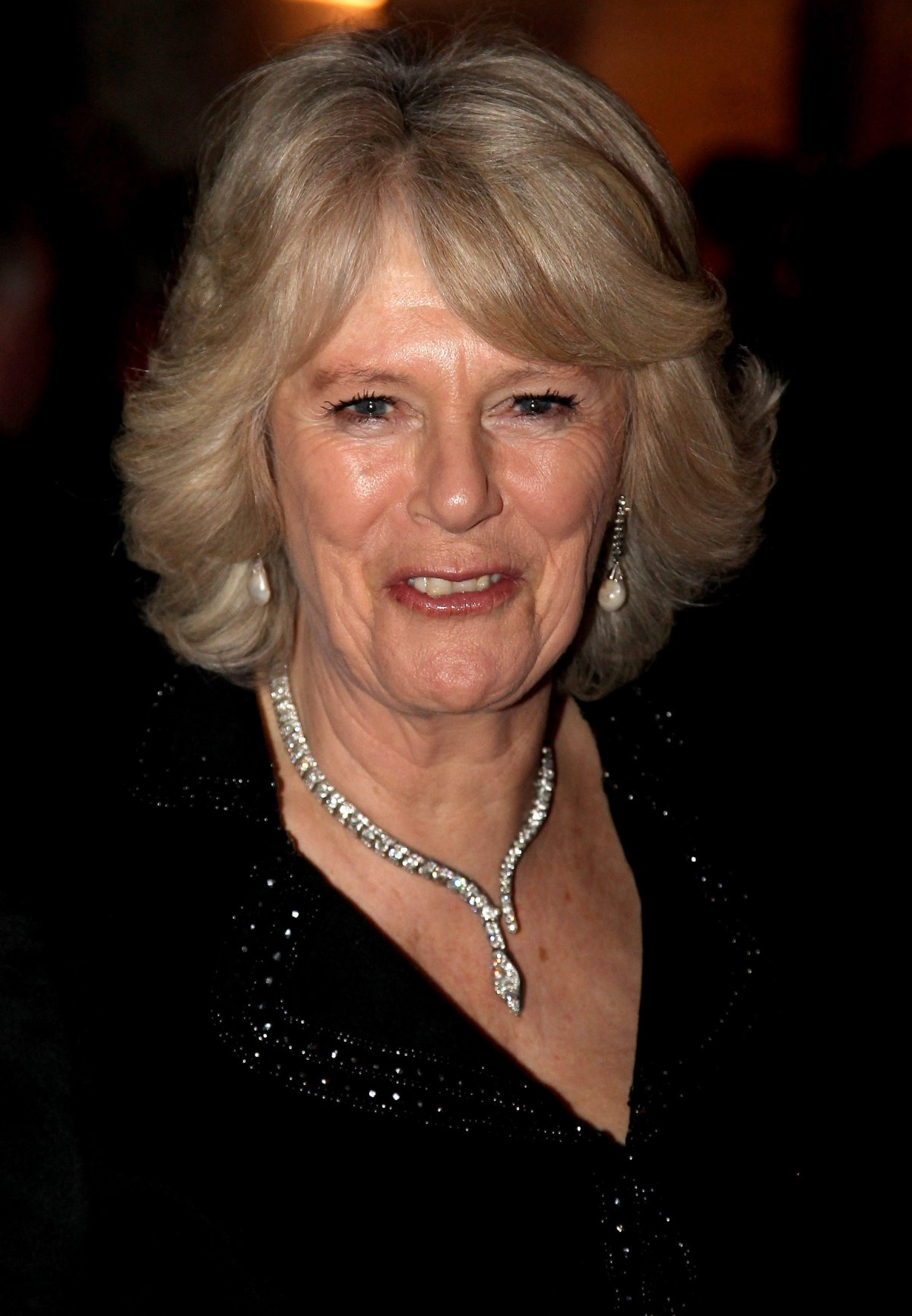
Over the years, Camilla has also worn the necklace with other earrings from her jewelry box. Here, for a charity fashion show in 2010, she wears the necklace with a pair of diamond and pearl drop earrings.
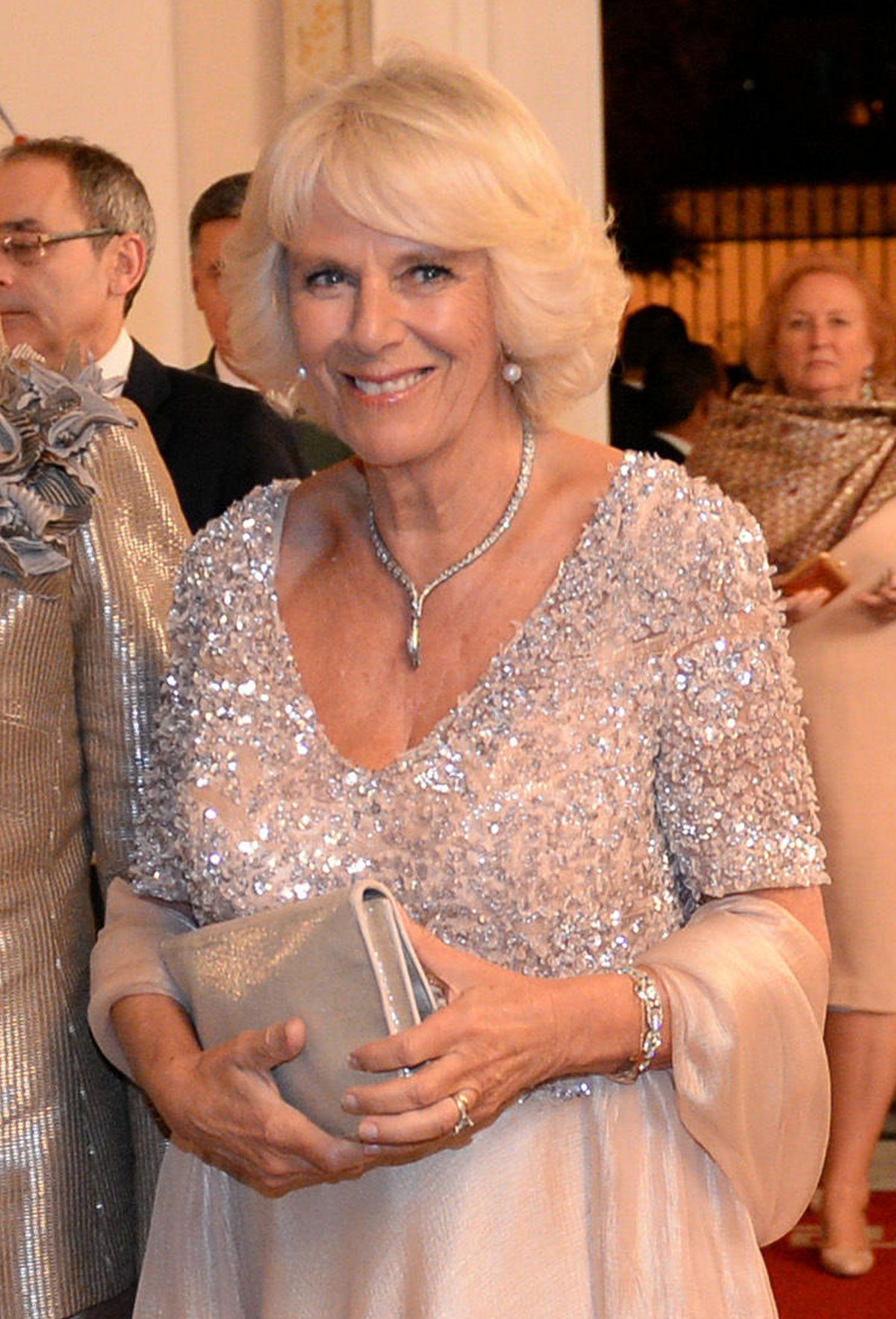
And here, for a dinner during an official visit to Bogota in October 2014, Camilla pairs the necklace with her favorite earrings: diamond floral clips with pearl drops.
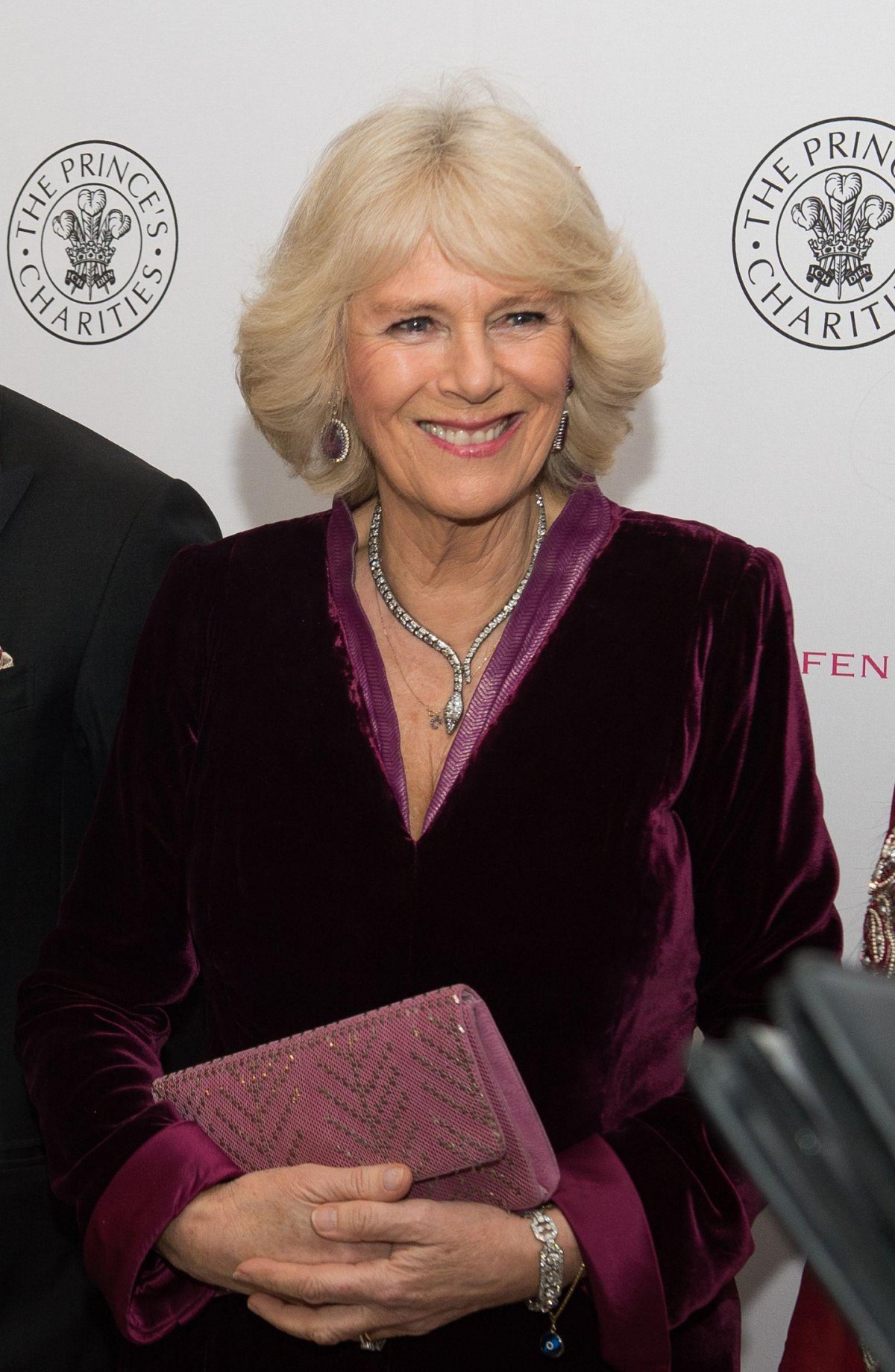
For a British Asian Trust dinner in London in February 2015, she wore the necklace with her diamond and amethyst earrings. She’s also wearing a lovely diamond bracelet on her left wrist, which she also wore for the 2014 dinner in Colombia, as well as on many other occasions.
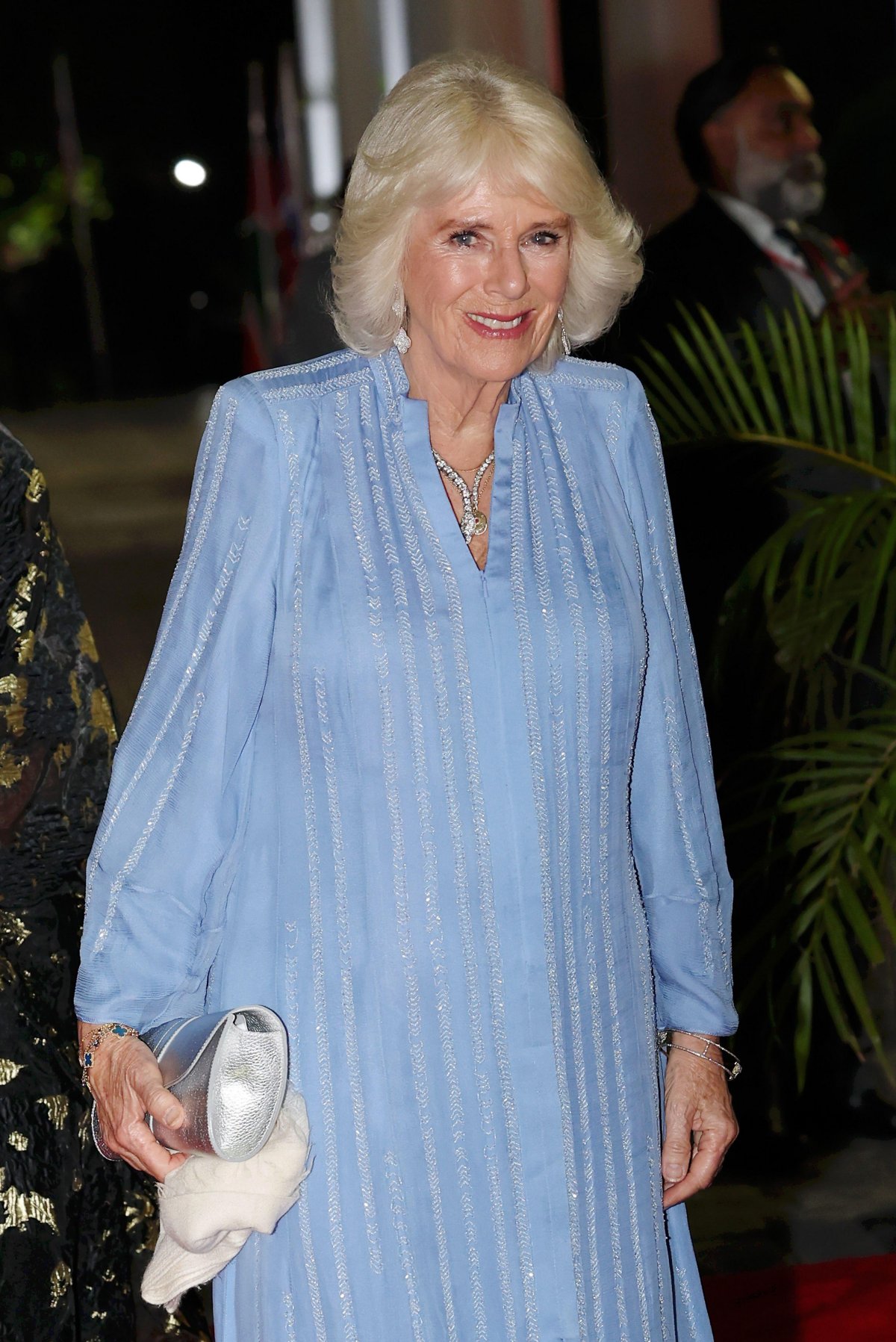
She’s also paired the necklace with other jewels from Van Cleef & Arpels. Here, for a state banquet in Nairobi in October 2023, she wears the necklace with her diamond Magic Alhambra earrings and her blue agate Vintage Alhambra bracelet.
Leave a Reply
You must be logged in to post a comment.